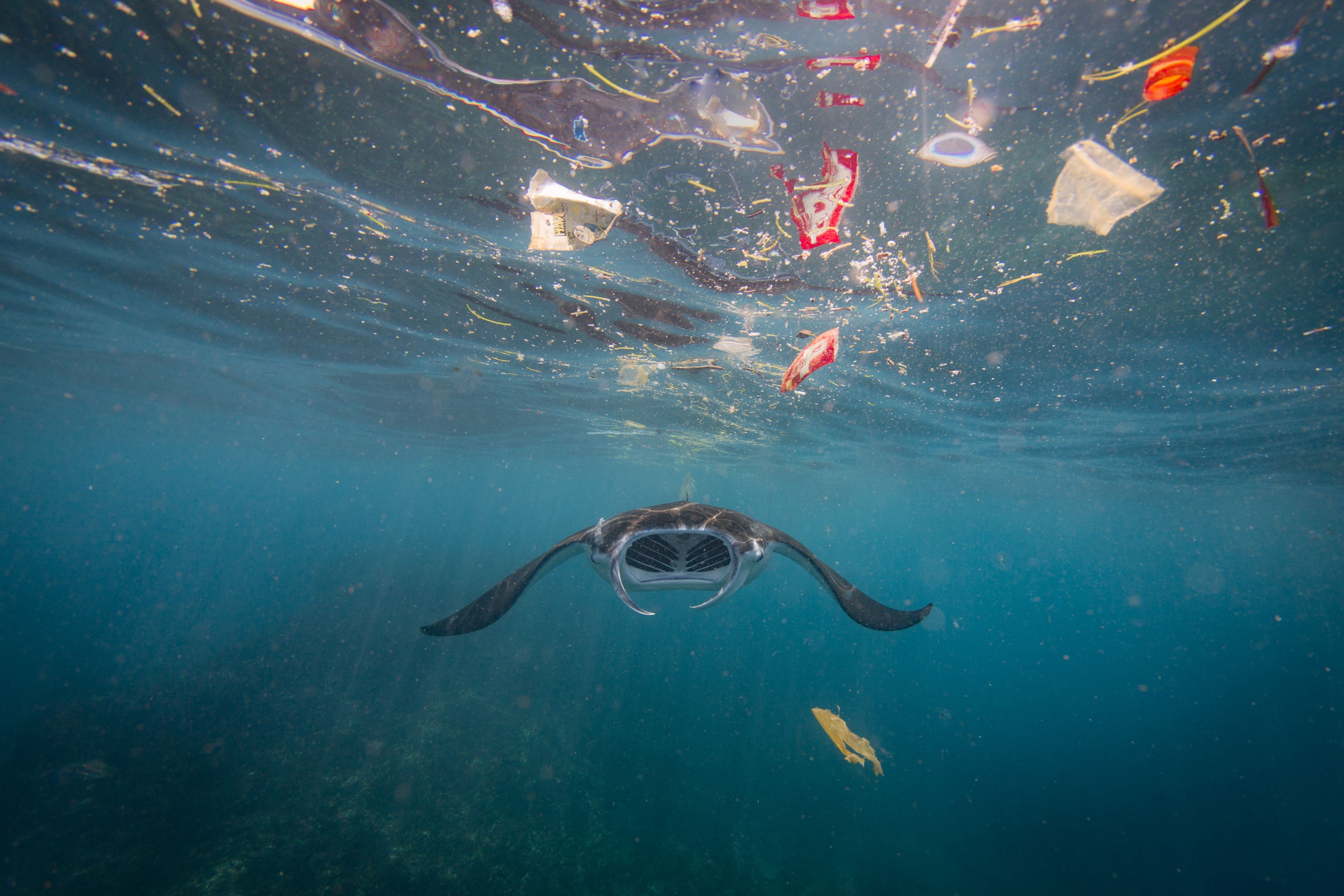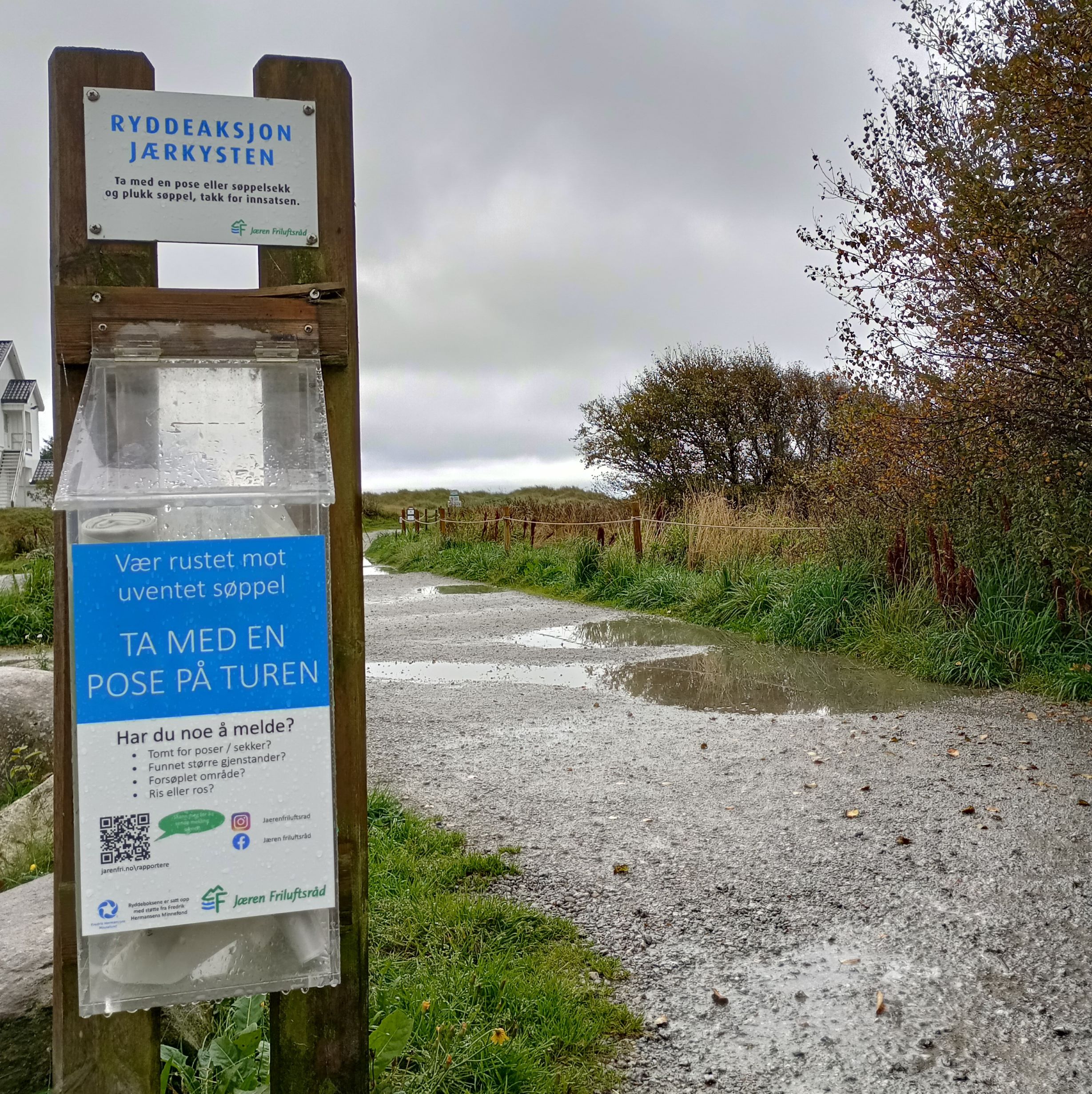MARGAIN uses environmental archaeology to explore life along the North Atlantic coasts in the past, and asks how we can use this knowledge to work towards a more sustainable relationship with the ocean in the present and future.
Marine resource gathering and infrastructure in the Norse North Atlantic (MARGAIN)
2024-2027
Dawn Elise Mooney dawn.e.mooney@uis.no
MARGAIN is funded by the Research Council of Norway, project #343147
11 partners from 8 institutions

About MARGAIN
The project runs from January 2024 to December 2027. Although based at UiS, the project is an international partnership working with researchers and artists from Norway, Iceland, Germany and Spain.
Gathered marine resources such as driftwood, seaweed, shellfish, coastal plants, eiderdown, sea bird eggs, and drift whales were key elements of past subsistence, but are often overlooked by archaeologists. This is partly because it is difficult to find clear archaeological evidence of the exploitation of these resources. MARGAIN uses historical and ethnographic sources, archaeological survey and excavation, and scientific analysis of samples from archaeological sites to help us understand how the use of marine resources influenced settlement patterns and ways of life along the west coast of Norway, from the Viking Age until the early 20th century.
We believe that we can use this knowledge of how communities interacted with the ocean in the past to inspire more responsible use and management of coastal and marine environments in the present.
Many past archaeological studies of coastal sites have focused on commercial fisheries, but we aim to explore how people lived in these communities, not just their commercial products. However, we are working against the clock: coastal archaeological sites are greatly at risk from coastal erosion caused by climate change. The scientific samples we collect during our excavations will help us gather as much information as possible from these sites. The analysis of our samples will also help to build local expertise in environmental archaeology in Norway.
We are particularly interested in driftwood, which was used as fuel and timber in many coastal communities in northern Norway and is now declining due to climate change and river management. However, where past communities collected driftwood, we now find plastic pollution. Through films, workshops, and a touring exhibition, we will connect the marine resources exploited in the past with what washes up on the shore in the present, raising awareness of the diverse potential of marine gathered resources and encouraging more conscious interactions with our coasts and oceans.
Human-ocean interactions past, present and future
There are many environmental issues affecting our coasts and oceans today, mostly caused by human activity. We hope that a better understanding of the importance of the ocean to our ancestors can help us be better stewards of the marine environment in the present and future.

MARGAIN focuses on how people in the past used gathered marine resources - such as driftwood, seaweed, shellfish, coastal plants and eiderdown - as these are often overlooked by archaeologists. People also collected goods and timber from shipwrecks, as well as other things that washed ashore: humans have always been drawn to beachcombing. Coastal places where drift material arrived were important to people in the past - they might be a good place to collect firewood, or an easy route to shore. We often find archaeological remains, especially of seasonal sites and boathouses, near drift beaches.

Driftwood was a vital source of fuel and timber for many communities in the North Atlantic, especially where few trees grow. However, driftwood delivery to our coasts is now declining. A recent study suggests that by 2040, there will be no more driftwood arriving on the coasts of Iceland, and the same is probably true for the west coast of Norway. North Atlantic driftwood mostly comes from Siberia, and needs to be frozen into the Arctic ice in order to reach us. The less sea ice there is, the less driftwood we get. At the same time, changes in logging practices and river management are reducing the amount of wood that enters our rivers.
In many places along the coast, we are now more likely to find plastic pollution than driftwood. We can help by collecting plastic when we find it - both Jæren Friluftsråd and Ryfylke Friluftsråd provide bags for collecting trash and popular beaches and coastal hiking areas. Leave any driftwood you find, though - it's an important habitat for many animals and insects. You can find more information about beach cleans in Norway at ryddenorge.no.

